
Is it better to buy a PCP or Springer second-hand?27 September 2024 | Air Arms
Deciding between a second-hand PCP (Pre-Charged Pneumatic) rifle and a Springer (Spring-Piston) rifle can present a challenge. Each type of rifle offers distinct advantages, and while the second-hand market presents an attractive opportunity to acquire high-quality equipment at a fraction of the cost - there are some considerations you must think about. With cost savings and the chance to own a well-crafted piece of shooting gear, knowing the ins and outs of each option can help you make the best purchase. Let's look at the benefits and considerations of buying these rifles second-hand, helping you make the best choice for your shooting needs. What are the differences between PCP and springer rifles?Understanding the fundamental differences between a PCP (Pre-Charged Pneumatic) rifle and a Springer (Spring-Piston) rifle can help you make the right choice for your shooting needs. PCP Rifles:
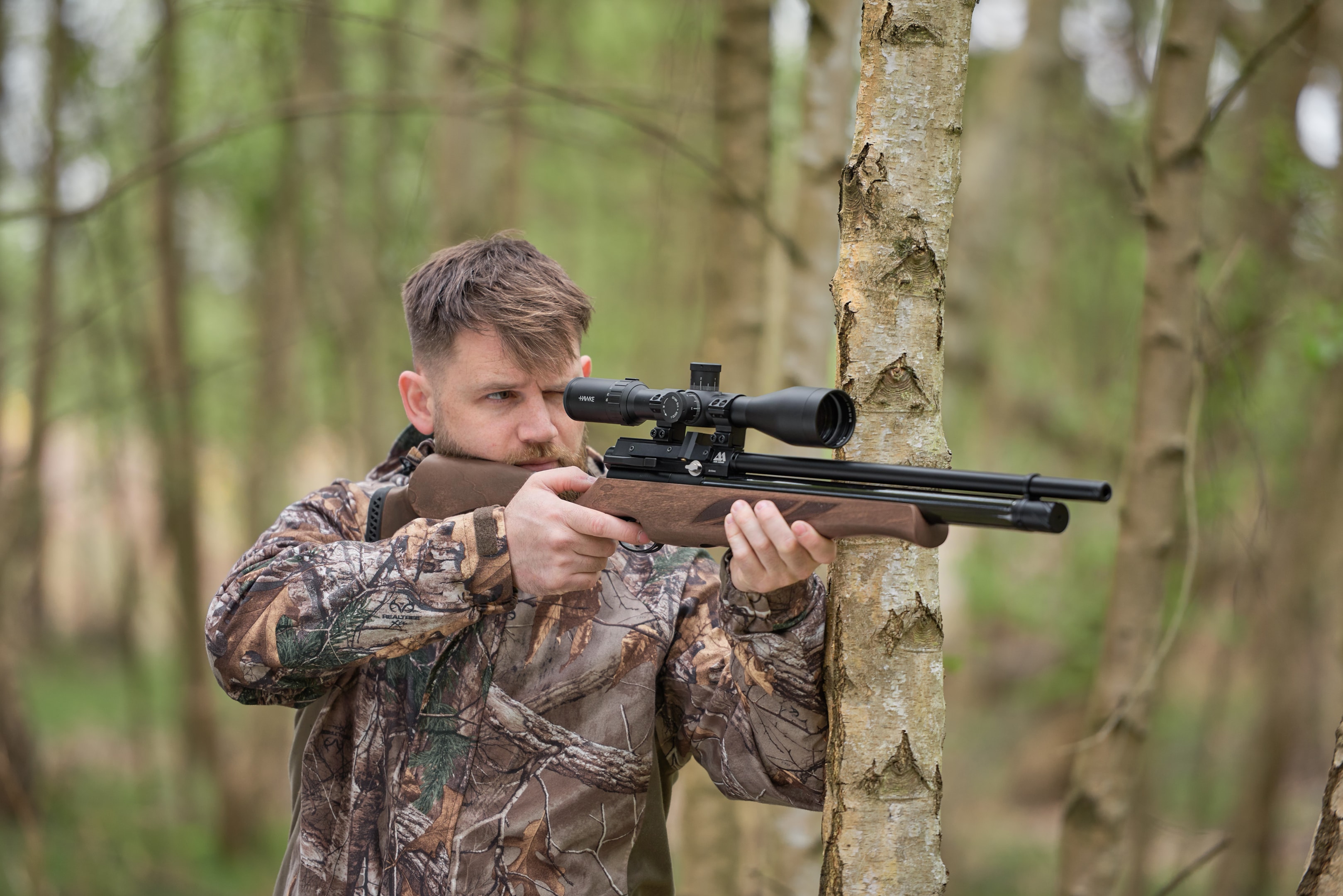 Springer Rifles:
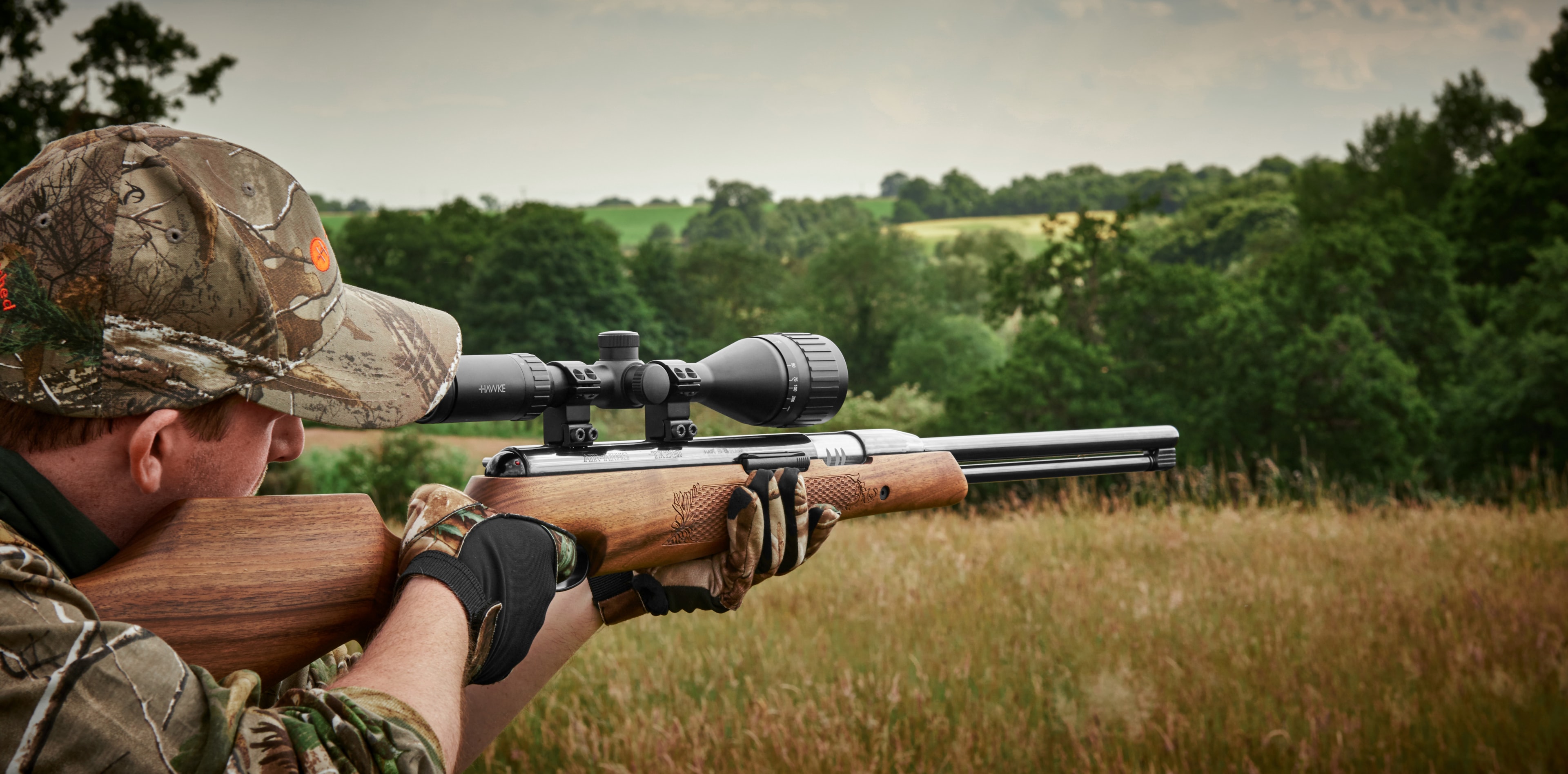 PerformancePerformance varies significantly between these two types. PCP rifles are known for their precision and low recoil, making them ideal for those prioritising accuracy and smooth operation. They offer consistent shot power and ease of use, which can be particularly beneficial for target shooting. On the other hand, Spring rifles are valued for their robustness and simplicity. While they may have more noticeable recoil and require more effort to operate, they are incredibly reliable and durable, often appealing to traditionalists who enjoy the art of shooting. UsesPCP rifles excel in environments where precision is paramount. They are often the go-to choice for competitive target shooters and pest control, where accuracy and quick follow-up shots are crucial. Their quiet operation is also a plus for stealth shooting scenarios. Spring air rifles shine in scenarios where simplicity and reliability are essential, such as casual backyard plinking or hunting in rugged conditions where equipment needs to withstand the elements. Their straightforward design means fewer parts that can fail, making them a dependable choice for those venturing into the wild. Buying Second-Hand Air RiflesWhen you're in the market for a second-hand rifle, there are several key considerations to remember to ensure you make a worthwhile investment. Understanding these factors can help you confidently navigate the process and secure a rifle that meets your needs. What to look out forWhen buying second-hand items, whether air guns or any other product, there are some general considerations you must consider before making a purchase. 1) Condition and Signs of Wear and Tear:The rifle's overall condition is crucial. Examine it for any signs of damage or excessive wear, such as rust, cracks, or dents. Pay close attention to the barrel, stock, and action. An honest assessment of its physical state can help you avoid potential performance issues. 2) Age, Previous Usage, and Brand Reputation:Consider the rifle's age and how its previous owner used it. A rifle that has seen extensive use in harsh conditions might have more wear than one used occasionally for target practice. The brand's reputation can also provide insights into the rifle's longevity and reliability. Renowned brands and leading manufacturers often have a track record for quality and durability, which can be reassuring when buying second-hand. 3) Inspection and Return Policy:Whenever possible, inspect the rifle in person. This allows you to check its condition firsthand and identify any issues that might not be apparent in photos or descriptions. If an in-person inspection isn't feasible, look for sellers who offer a return policy. This adds a layer of protection, allowing you to return the rifle if it doesn't meet your expectations upon arrival. Considering these points, you can make a more informed decision when purchasing a second-hand rifle. This approach helps you find a rifle in good condition and ensures it aligns with your shooting goals and expectations. 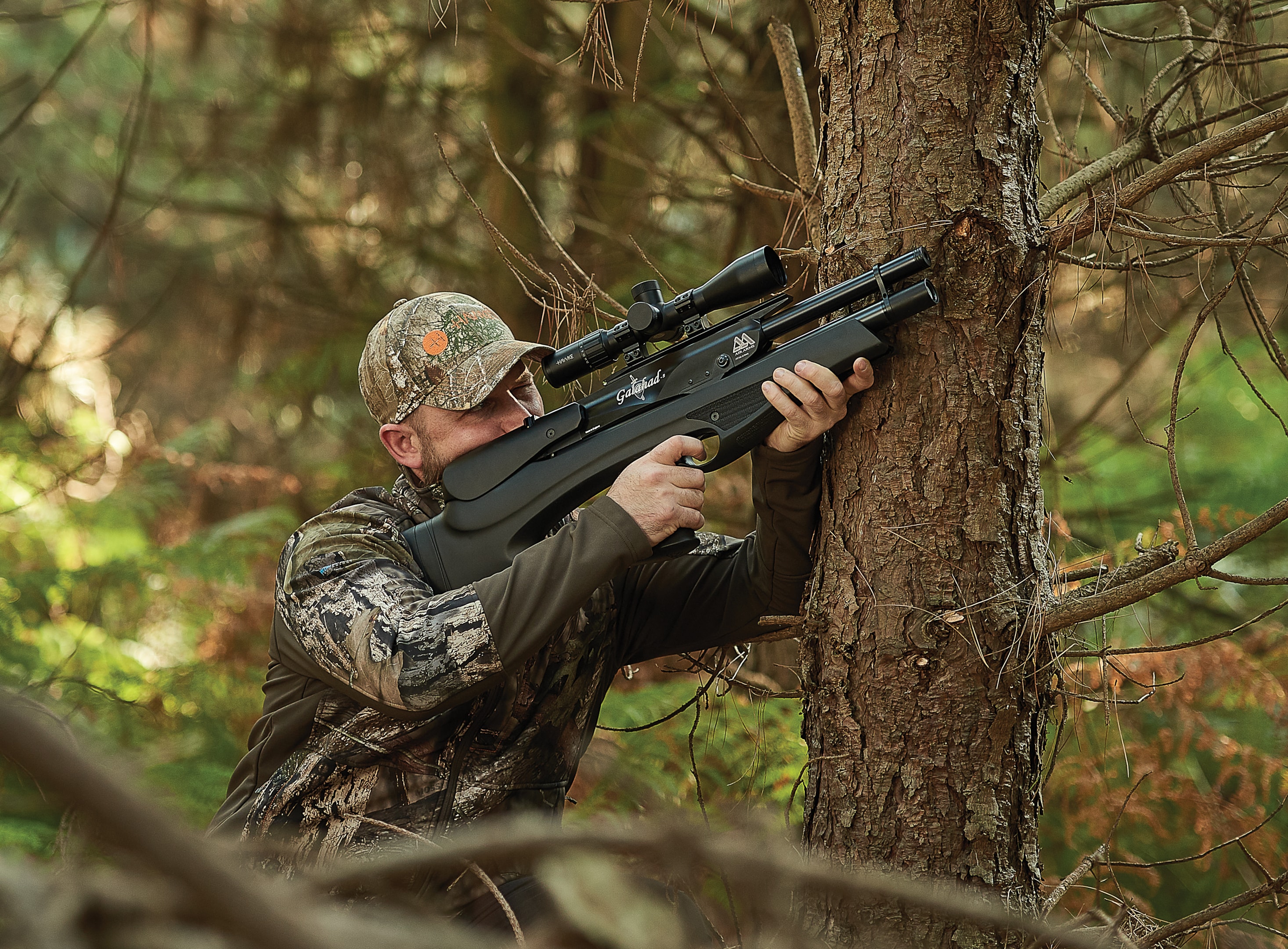 PCP Air Rifles ConsiderationsWhen buying a second-hand PCP (Pre-Charged Pneumatic) rifle, several more critical aspects must be scrutinised to ensure a sound and reliable purchase. Air Cylinders:One of the foremost components to inspect is the air cylinder. Check for any signs of leaks, which can be indicated by hissing sounds or a rapid pressure loss after filling. Corrosion is another red flag, often manifesting as rust or pitting on the cylinder's surface. These issues can compromise the rifle's performance and safety, making it essential to ensure the cylinder is in good condition. Seals and Regulators:The condition of seals and regulators is pivotal for the rifle's functionality. Examine each seal for cracks, brittleness, or deformation; their integrity is crucial for maintaining consistent air pressure. Regulators should also be checked to ensure they function correctly, as they are vital in controlling the airflow and pressure for each shot. Malfunctioning regulators can lead to inconsistent shooting performance. Spare Parts and Maintenance:Consider the availability of spare parts for the specific model you are interested in. Some older or less common models might have limited parts availability, which can be a hassle when repairs or replacements are needed. Additionally, evaluate how easy it is to maintain the rifle. A PCP rifle with a straightforward design will typically be more accessible to clean and service, ensuring it remains in optimal condition with regular maintenance. 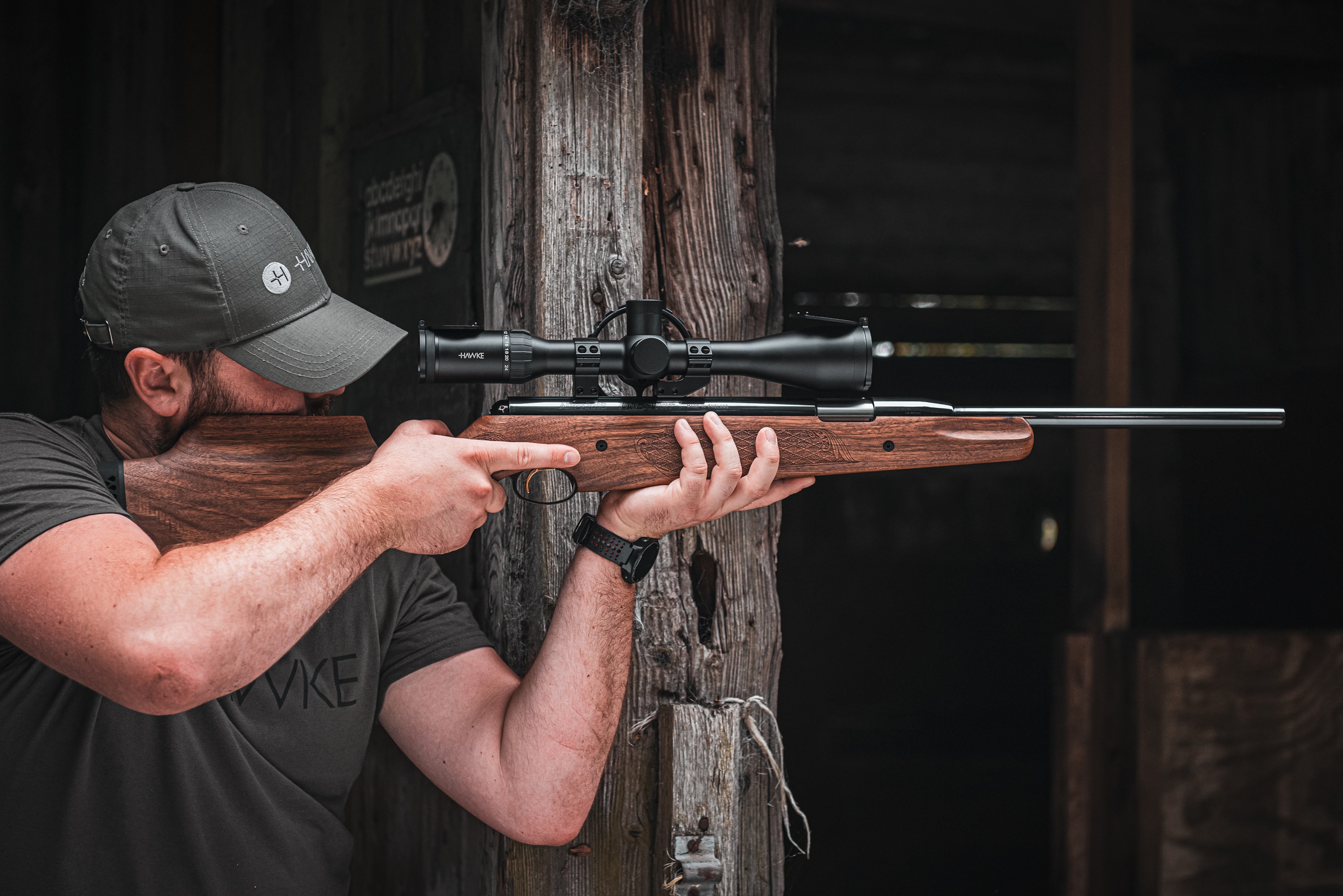 Spring Air Rifle ConsiderationsWhen purchasing a second-hand Springer rifle, it's essential to thoroughly assess several key areas to ensure you're making a wise investment.
By carefully considering these factors, you can make an informed decision when purchasing a second-hand rifle. This due diligence will help you find a reliable, well-maintained rifle that suits your needs and provides lasting satisfaction. 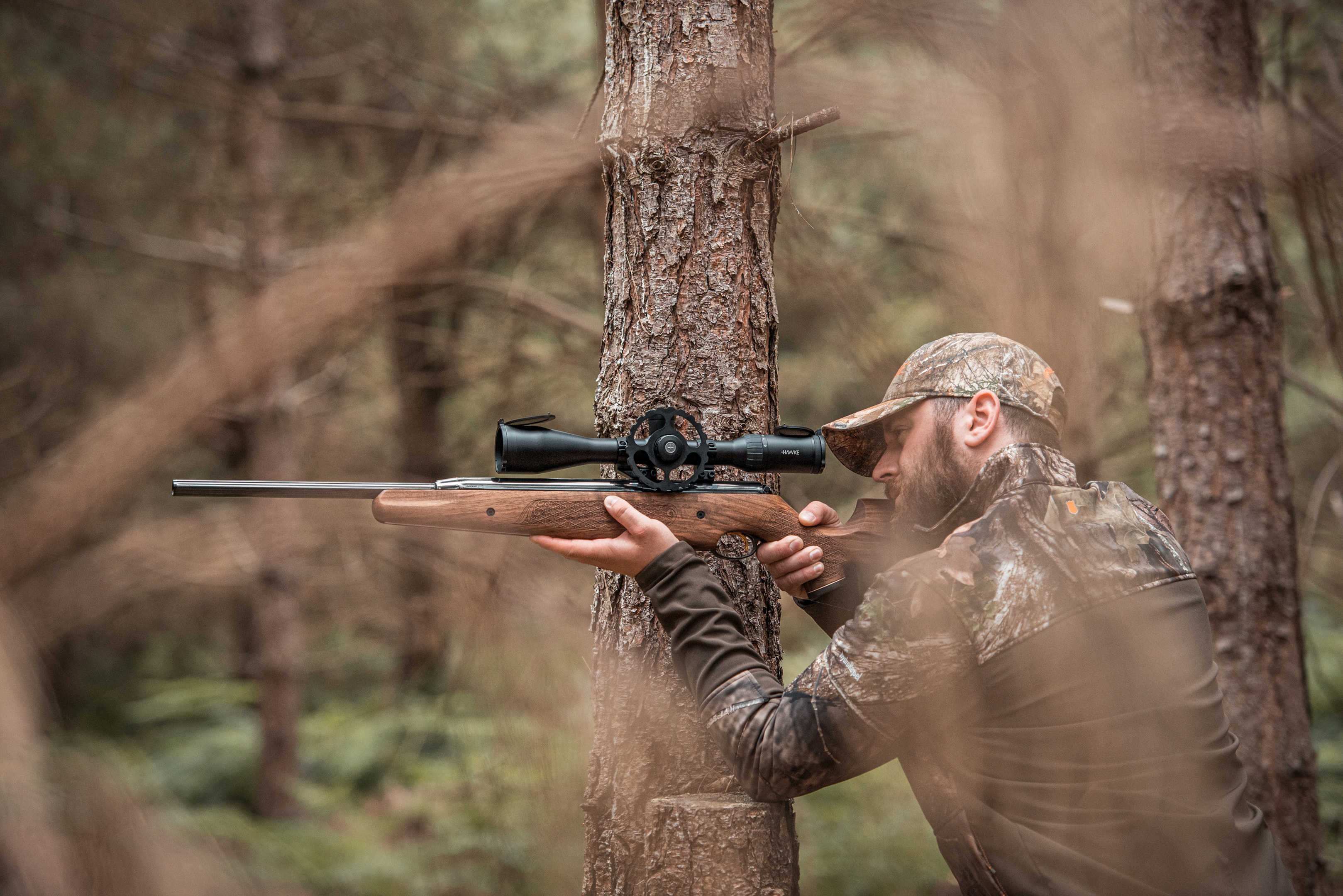 So, which is the better option to buy second-hand?There is no real right or wrong answer to this question - ultimately, if you prioritise precision and are comfortable with the maintenance and equipment needs, a PCP might be the way to go. If you prefer simplicity and ease of use, a Springer could be a better fit. Let's take a closer look at some considerations that might hold value over your final decision. Technological AdvancementsPCP rifles often incorporate more advanced technology, such as regulated air systems and higher shot counts per fill. Older models may depreciate more quickly as new innovations emerge if they lack the latest features. Conversely, Springer rifles, being more straightforward in design, are less affected by rapid technological changes, potentially allowing them to retain value more consistently. Market Demand:The demand for each type of rifle significantly impacts resale value. PCP rifles, valued for their precision and ease of use, often attract buyers looking for high performance, which can help maintain their value. Spring rifles appeal to traditionalists and those who appreciate their mechanical simplicity, ensuring a steady market that supports value retention. Durability and Maintenance:Spring rifles are typically more robust with fewer moving parts, making them easier to maintain and more durable. This durability can lead to better value retention as they remain functional with minimal maintenance. PCP rifles require more upkeep and servicing, which can affect their long-term value if not properly maintained. Resale Market Trends:Trends in the air rifle market can also influence value retention. For instance, the growing popularity of PCP rifles for competitive shooting and hunting has driven up their demand, potentially boosting resale values. Meanwhile, collectors and enthusiasts often seek out well-maintained Springer rifles, which can stabilise their market value. Buyer Considerations:When evaluating the long-term value retention of PCP versus Springer rifles, you should consider your specific needs and preferences. If you prioritise cutting-edge technology and precision, you may lean towards PCP rifles, while those valuing simplicity and reliability might prefer Springer models. Understanding a used rifle's maintenance history and condition is crucial in assessing its potential value retention.  Final ThoughtsWhen deciding whether to purchase a second-hand PCP or Springer rifle, weighing each type's pros and cons is essential. When making your choice for which is the best air rifle for you, consider your personal preferences and intended use. If cutting-edge technology and high precision are top priorities, a PCP rifle might suit you best. However, a Springer rifle could be the better option if you value reliability, ease of maintenance, and a more traditional shooting experience. For the recreational and sporting activities you involve yourself in, you should reflect on each type's immediate benefits and long-term investment value, ensuring your decision aligns with your shooting objectives and lifestyle. By carefully considering these factors, you can make a well-informed choice that meets your needs and ensures you've picked the perfect air rifle. If you have any air gun questions or queries, please do not hesitate to contact us. A member of our Air Arms team will respond as soon as possible. |
|